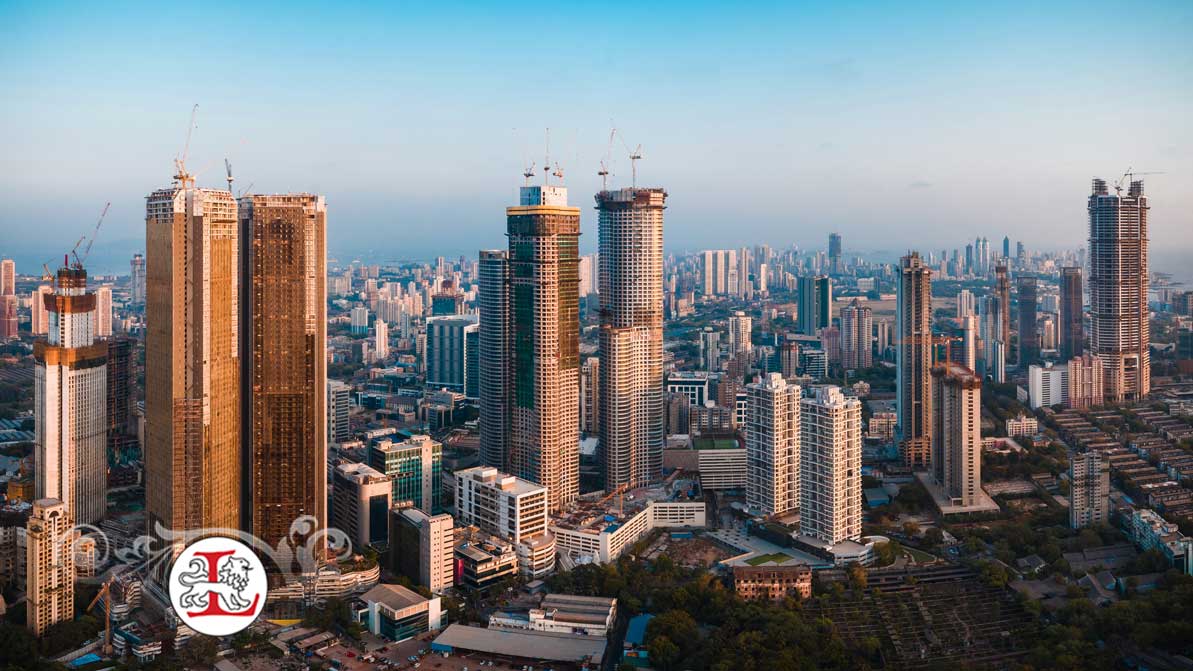Information contributed by Priyanka Kumar, London Image Institute India Director.
When doing business in any country other than your own, you can feel vulnerable. There may be “traps” that you can’t recognize.
You can do things unintentionally that offend people, without ever knowing. But by preparing in advance, you can achieve greater levels of success.

An Introduction to Indian Business Etiquette
In India, it is expected that you will greet people with a handshake and a standard “Good morning”. Since communications are very polite; you would address people by their titles. Don’t address elders by their name but say either Sir, Ma’am or Mr./ Mrs.
Traditional ways of greetings are “Namaste” with hands pressed together in a prayer position and a slight bow of the head. It translates to ‘I bow to you’ when greeting one another which is a way of saying, ‘May our minds meet’, indicated by the folded palms placed before the chest.
Since India is so large, the norms can change while moving within the country and there are well known regional greetings like Vanakam in Chennai or Satsriakal in Punjab. It’s always best to observe and follow the trend, admitting one is new and getting used to the customs.
If you hear the word “jee” after your name in a greeting it is the term used by that person to show you respect.
You would address your teachers and bosses and trusted business associates in this way by adding “jee” after their first name or surname.
Time is always an important factor in most Western business meetings. Americans and the British in particular are keen on punctuality in business.
In India, it’s accepted if one is a few minutes late. However, it does feel strange to foreigners when the Indian business guest appears quite late without informing anyone.
It’s best to appear non-judgmental and go with the flow, unless you have another critical meeting or deadline. Refreshments have a very important role to play in meetings.
Offering a tea is a very connecting gesture and is not merely a beverage, but somehow communicates that “I care about you and would like to connect with you”.
Indian Dining Etiquette
The Indian diet is totally vegetarian and Indian meal etiquette may seem difficult to master for a Westerner because much of the food is eaten by hand. You should use your right hand for all eating and drinking as the left hand is considered unclean.
A small piece of naan, roti, parantha, or a few other specific styles made of wheat, refined flour or millets make the perfect tools.
You can easily scoop what you need from the vegetable dishes, sauces, chutneys and pickles and pop the food directly into the mouth. Liquid dals or vegetables are also served in bowls and scooped inside the bread.
Food is usually shared and main dishes will be ordered but don’t be afraid to ask what certain menu items are, and how spicy they are, as Indians will enjoy explaining the food and the culture.
Soups are eaten with a spoon and you can freely ask for utensils, as most of the table settings are westernized and similar etiquettes are followed.
You will find that your business meals are likely to run longer in India as people will talk about business for quite a while.
And because Indians do use their hands to eat, it’s also important to wash your hands not just before the meal, but also after the meal.
Indian Business Relationship Etiquette
Business relationships are very important in India. As a general rule, you don’t launch immediately into business matters.
First, you will get to know the person, make some small talk and find out how they are doing. Indian businesspeople would generally like to get to know someone first before doing business with them.
Small talk may include seemingly probing or inquisitive questions but they are harmless, well-intended, and a way of getting to know you.
The most senior person usually does most of the talking in the room and there are frequent pauses and a lot of silence.
This can seem uncomfortable to the guests who wonder if they should contribute to the conversation or stay quiet.
It makes sense even in the western world to base a business on trust.
If someone is trustworthy, after all, they aren’t going to take advantage of you, regardless of what industry they’re in or what business deal is being discussed.
While Indian businesspeople will, of course, do their due diligence on the technical side of things, what they really want to know first is what type of person you are.
Indian nationals are extremely polite, will often avoid hard negatives, and find formality very important. At the same time, actually doing business in India can feel a little slower, and it may seem as though they take longer to make decisions.
The thing that trips most westerners up is that Indians (and many eastern cultures) are very hesitant to say “no” directly. They may say something such as “I’ll check,” or “We’ll see,” or “Perhaps.” But these are what is called “a soft no.” If the reply is not an exuberant yes, it’s probably a no.
If you are unsure, check in with a trusted colleague to determine the actual meaning behind the words.
Learn About Business Etiquette at London Image Institute
Business etiquette can be incredibly fascinating to study. Often, it mirrors the culture that’s involved.
You can learn quite a lot about people by studying their rules of etiquette.
If you want to learn more about the business etiquette of India, as well as that of other cultures, connect with London Image Institute.



